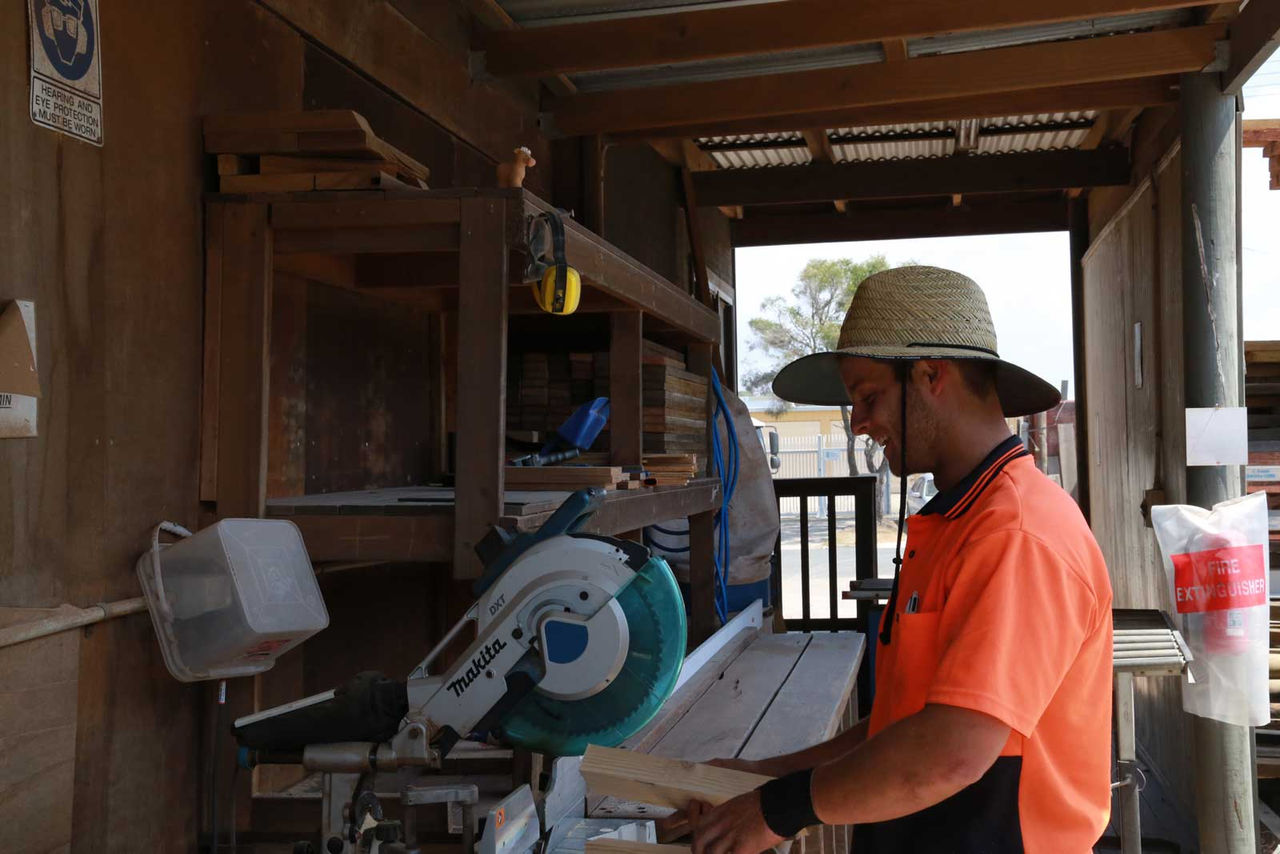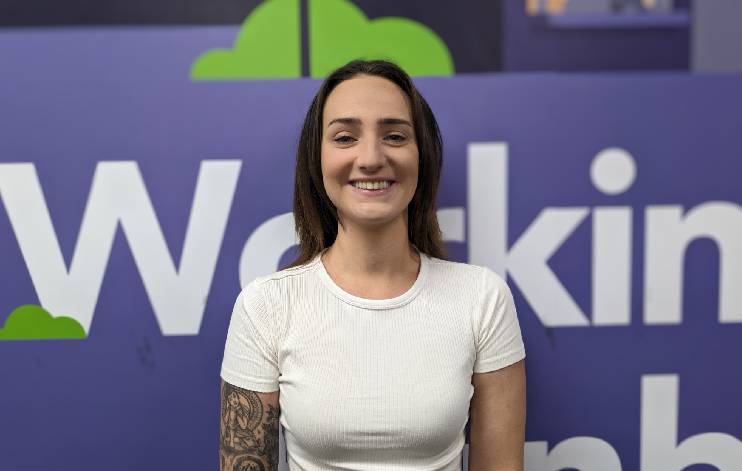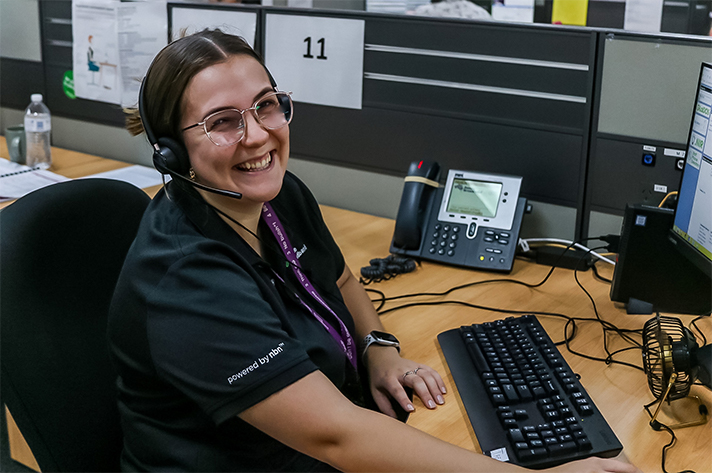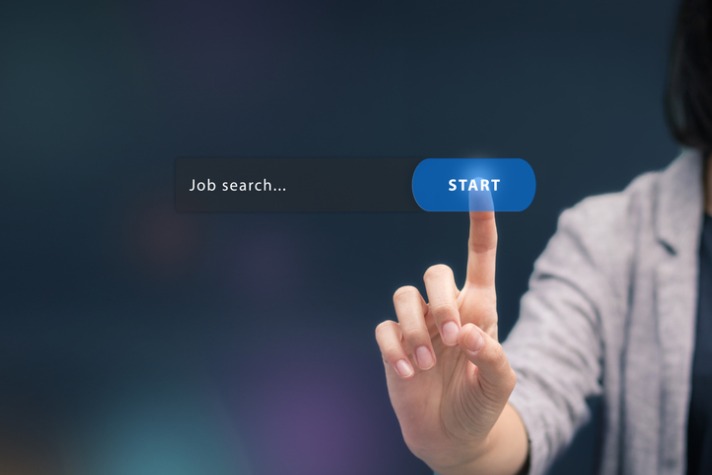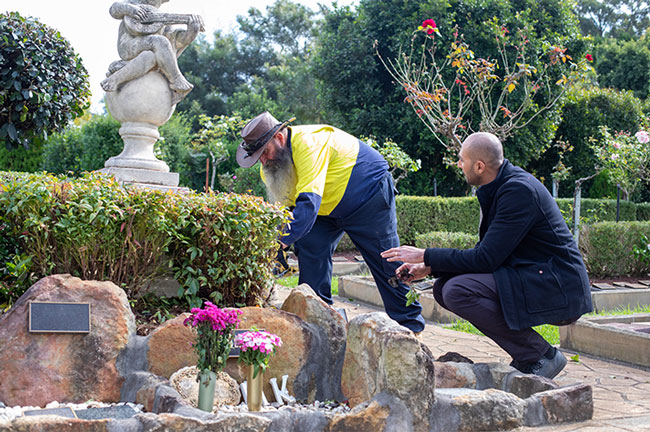Benefit of cultural diversity in workplace
Published by MAXSolutions on June 14, 2020
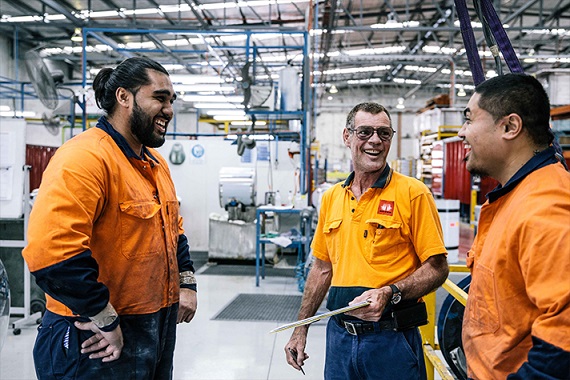
We all know that Australia is a multicultural society, so let’s take a look at the benefits of a culturally diverse workforce.
According to the 2016 Census, nearly half (49 per cent) of Australians were either born overseas or one or both parents had been born overseas (source ABS). That makes for one rich and culturally diverse tapestry across the country – does your organisation’s workforce reflect this?
What is cultural diversity?
According to the Diversity Council of Australia cultural diversity is defined as “The variation between people in terms of how they identify on a range of dimensions including ancestry, ethnicity, ethno-religiosity, language, national origin, race, and/or religion”.
So what does cultural diversity look like in a workplace?
Essentially, it is a workforce that reflects the cultural diversity in the community at large. For some workplaces, this might involve reflecting the local community, for others the wider community and for some, it might involve particularly reflecting its customer base.
Five benefits of a culturally diverse workforce
While there are many benefits of a culturally diverse workforce, we’re going to take a look at just five of these, in no particular order.
1. Capturing the best talent
If nearly half of Australia’s population is either first- or second-generation Australian, you can be sure that avoiding culturally diverse recruits will mean you’re also avoiding an immense pool of talent.
According to FECCA (Federation of Ethnic Communities’ Councils of Australia), the majority of recent immigrants to Australia are highly skilled. They say that today’s migrants tend to emigrate for reasons such as professional development, to take up international transfers or to study in Australia, meaning they’re typically highly skilled and highly motivated.
FECCA also debunk the myth that qualifications and experience gained overseas are perceived as inferior to local qualifications and experience. In many cases, a bridging course or undertaking professional development on the job will easily bridge any qualification gaps.
Finding the best person for the job, regardless of race, cultural background, ethnicity (or indeed age, gender or any other bias) should be an employer’s top priority. This means casting the net wide, and intentionally disregarding bias in order to access the best available talent.
2. Access to creative and innovative thinking
Culturally diverse staff draw from diverse experiences, in some cases from experiences that are literally a world away from your own.
By embracing people with a rich range of backgrounds, you’re able to access creative and innovative thinking that is not bound by your own cultural and ethnic norms.
Those from culturally diverse backgrounds have the capacity to bring fresh ideas, unique perspectives and different ways of solving problems.
This allows your organisation to approach challenges with renewed zeal and provides a platform to reach your customer base in ways that your competitors may never have entertained.
3. Improved connection with your customer base
What greater connection can you have with your customers than the staff who serve them?
FECCA identifies that workplace diversity can be used to understand and connect with ethnic-specific market segments domestically (or even overseas if international expansion is an option).
This might include understanding the needs, wants and preferences of growing markets, being aware of culturally significant days and celebrations and travel patterns of specific groups. These kinds of insights lead to an understanding of time-specific needs and wants for different cultural groups and provide new customer connection and marketing opportunities.
Furthermore, working in a culturally diverse organisation can increase overall levels of understanding, empathy and communication skills. This means your entire staff, not just those that identify as from culturally diverse backgrounds, grow personally and professionally and dealings with customers will be reflective of this.
Genuine connection and cultural reflection provide a substantial base for differentiating your brand from your competitors.
4. Increasing staff loyalty
American studies show that having a diverse workforce reduces employee turnover. This is typically attributed to diverse workplaces being more welcoming, collaborative and innovative (HR Today).
Having a culturally diverse workplace on its own won’t guarantee higher retention. However, hiring the best people for the job from a diverse pool of talent, creating a culture of engagement and communication and valuing the contributions of all staff regardless of their cultural background will ultimately lead to greater retention.
Further, culturally diverse workplaces may turn your business into a preferred employer with quality candidates from all walks of life attracted to you.
5. Improved productivity
Combining an increase in innovation and unconventional approaches to problem solving, improved connection with your customer base and an increase in staff retention, it’s reasonable to assume that cultural diversity will improve productivity and bottom lines.
According to VicHealth research conducted by the Victorian Equal Opportunity and Human Rights Commission along with Deloitte demonstrated that actively cultivating diversity and inclusion can improve business performance.
This included a 31 per cent increase in responsiveness to changing customer needs, a 42 per cent increase in team collaboration and a decrease in absenteeism equating to almost one extra day of work attendance per employee per year.
Overcoming barriers to hiring culturally diverse staff
While it’s a myth that most immigrants have English language problems (FECCA), there are around 300 separately identified languages spoken in Australian homes (ABS).
It’s possible that immigrant candidates, particularly refugees, may benefit from support their English language skills.
If language is proving to be an issue when you’re hiring, consider whether a short course might solve the problem.
Our RTO (#0667) offers Adult Migrant English Program (AMEP) and Skills for Education and Employment (SEE) courses.
The AMEP provides up to 510 hours of English tuition. The language skills gained will help students settle into life and work in Australia. Find out more about our AMEP.
The SEE program provides students with English language, literacy or numeracy skills to prepare them for work or further training. Find out about the SEE program.
If you’re inspired by a culturally diverse workforce, you might like to find out more about the benefits of wider diversity in the workplace. Check out “The big deal with diversity."
Here at MAX, we walk the diversity talk. Our recently refreshed Reconciliation Action Plan and our Diversity and Inclusion Charter are examples of this.
We believe that diversity and inclusion are key to the success of our business and the success of the individuals that make up our MAX Team. Recognition and celebration of diversity in our teams create a stronger organisational culture
~MAX Diversity and Inclusion Charter.
The MAX team is committed to supporting other organisations in their quest to improve diversity and inclusion in the workplace. If you think we can support your business in this way, contact us on 1800 603 503.
Sources:
While many sources have been cited throughout this article, the Federation of Ethnic Communities’ Councils of Australia have produced 10 Fact Sheets exploring harmony and productivity: Maximising the value of a diverse workforce. You can find all fact sheets, including those specifically referenced throughout this article, here: fecca.org.au/resources/harmony-and-productivity/
Share
Tags
Found this useful?
Help and advice
Our blogs are about helping people seek the information that they need for their steps in the workforce.
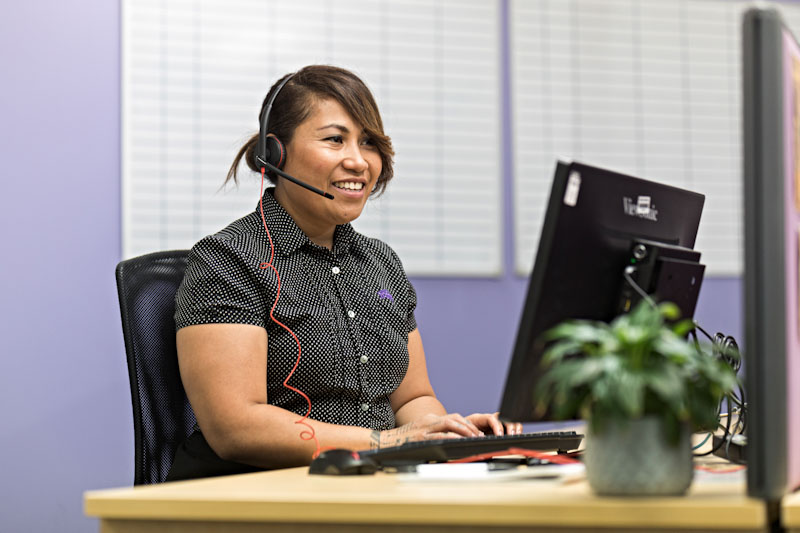







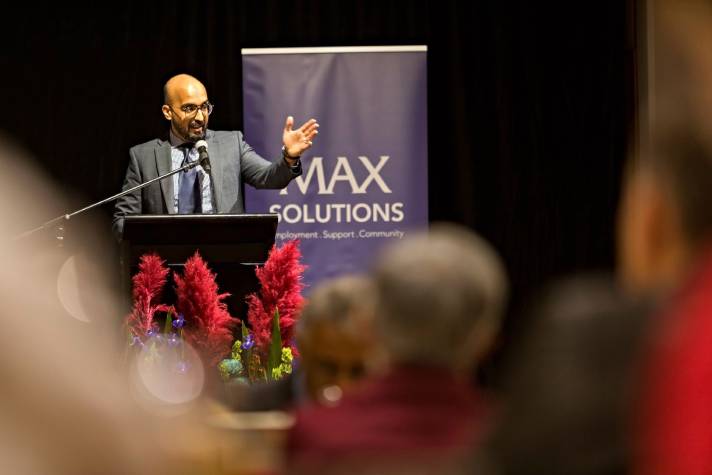





_1.jpg)



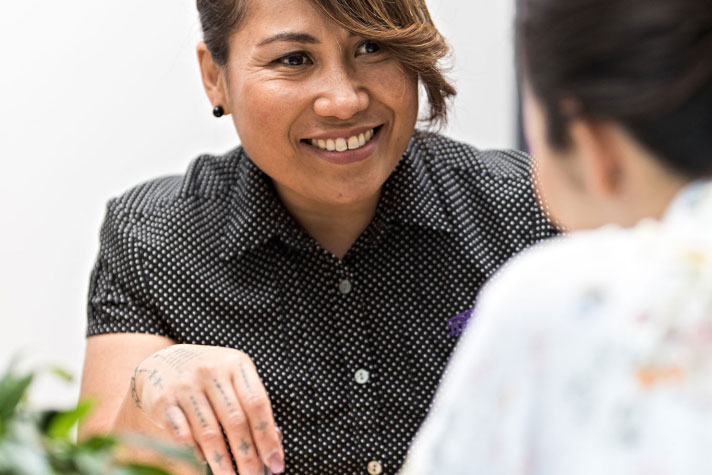
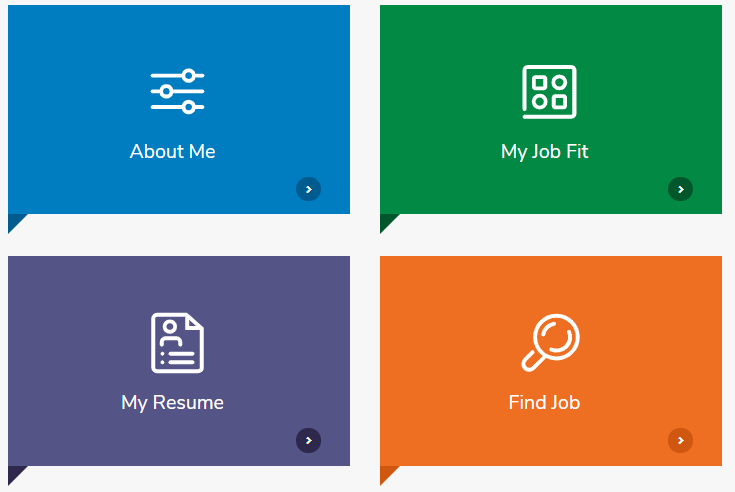

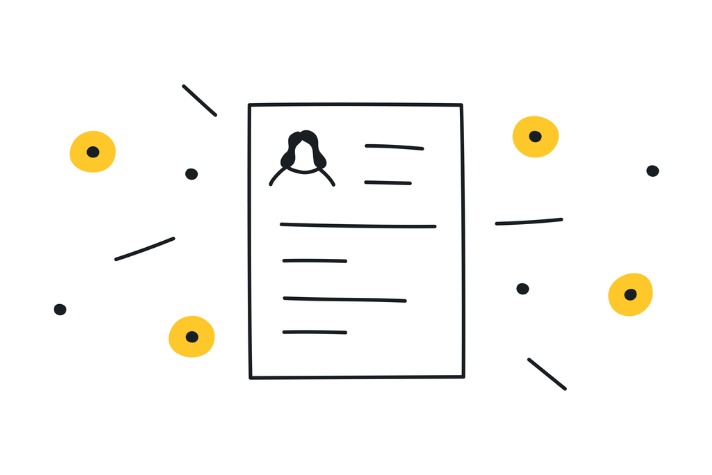

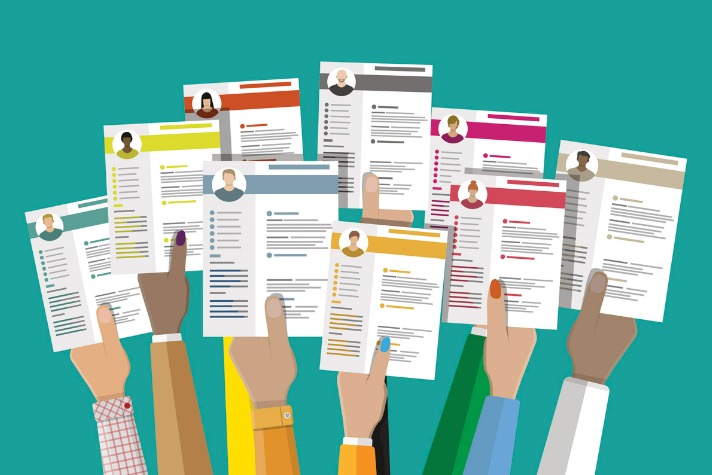










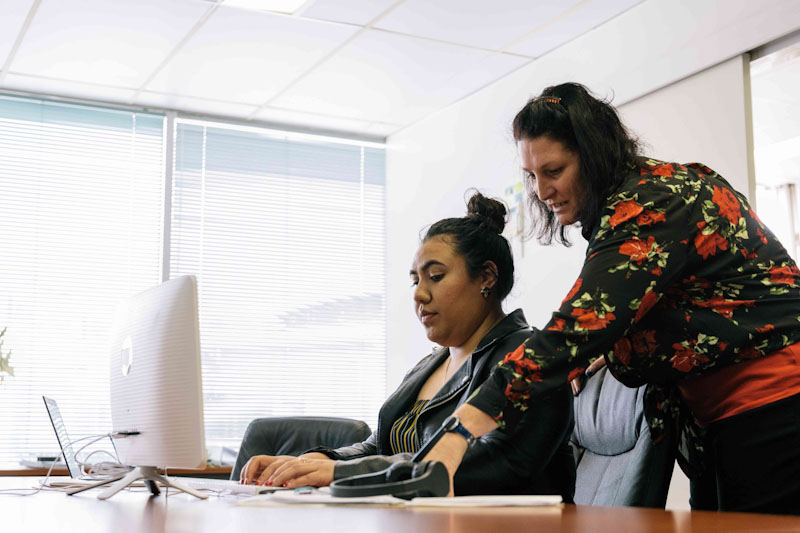









.jpeg)
